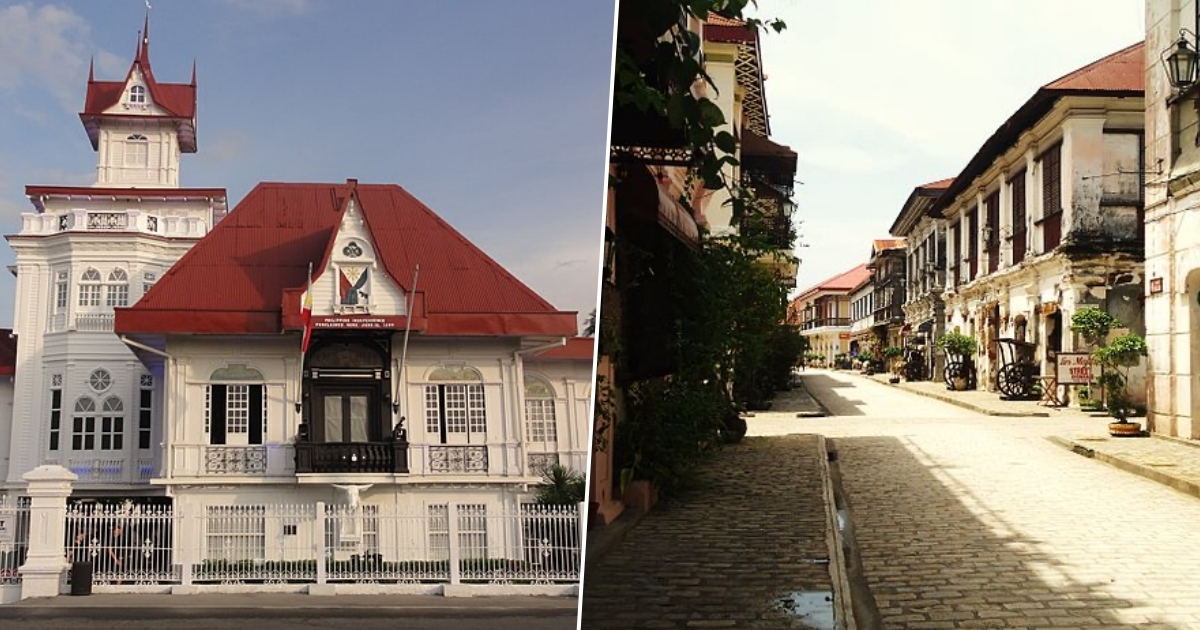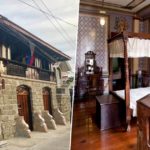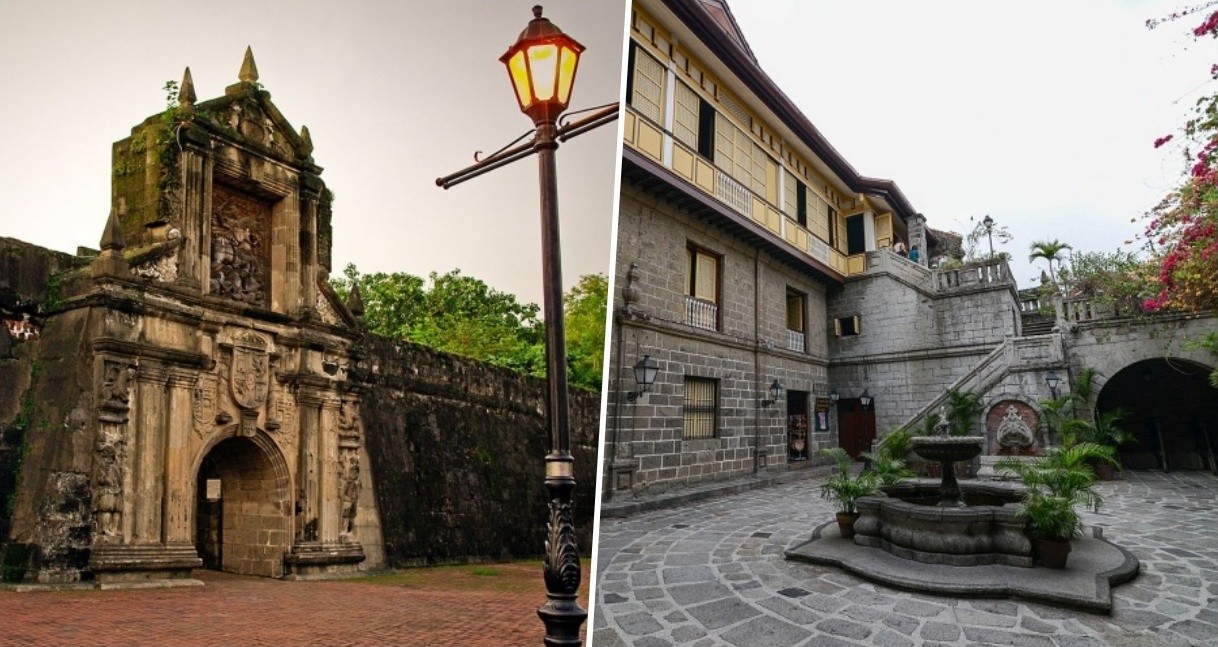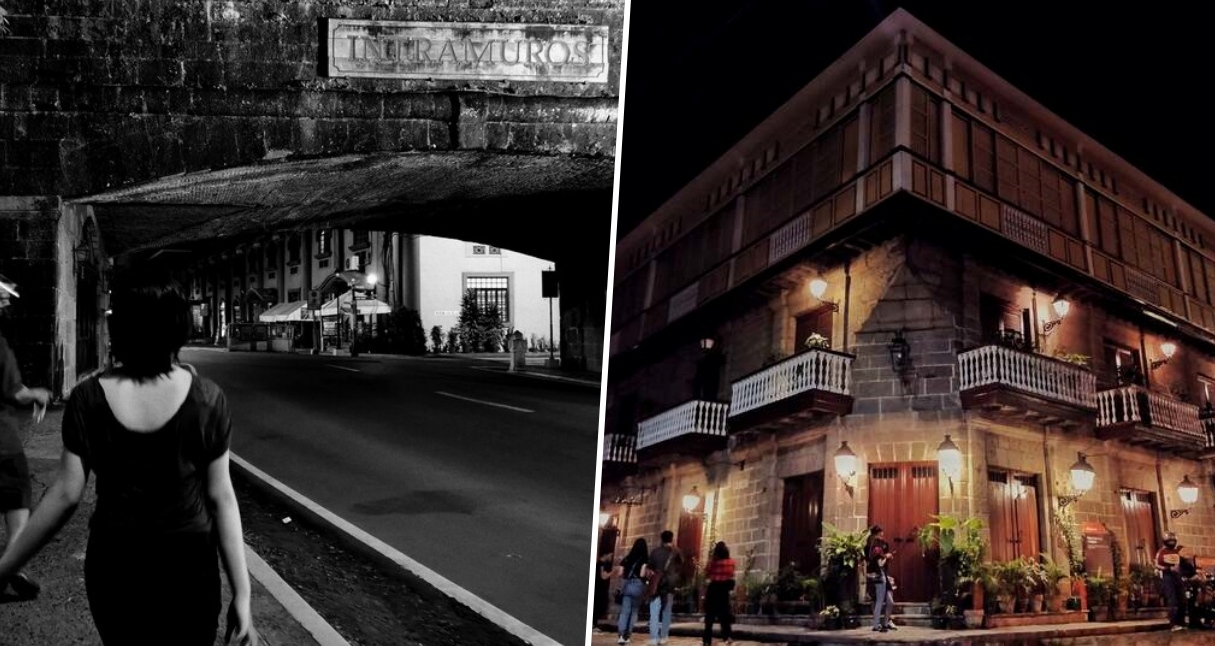10 Must-Visit Local Destinations History Buffs Shouldn’t Miss
Learn about the country's rich history.
by Ina Louise Manto | June 12, 2021
When you think about it, it hasn’t been really that long since the Philippines has been free from foreign occupation: more than 300 years from the Spanish, then the Americans, and the Japanese. These occupations have contributed to the country’s rich history and culture and as we celebrate Independence Day, here are some destinations that every history buff shouldn’t miss if they wish to see and live in pieces of history:
Aguinaldo Shrine

Emilio Aguinaldo’s home in Kawit, Cavite is probably one of the most important landmarks in Philippine history as it’s where the Philippine flag was first waved, declaring Philippine independence from Spanish rule in 1898. The house was built in 1845 and served as the youngest president’s ancestral home.
Intramuros
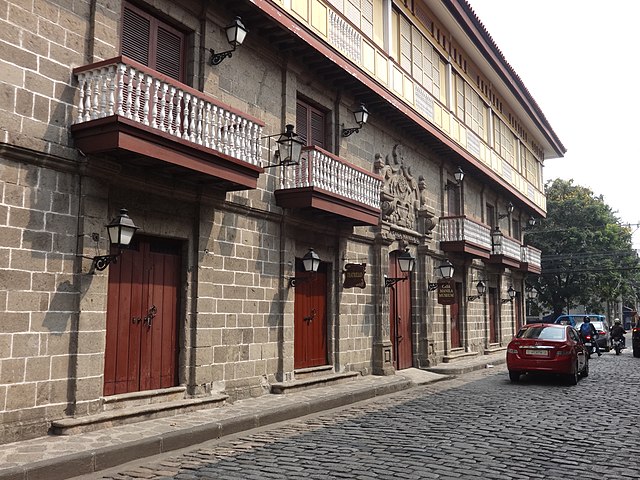
When thinking of history, Intramuros probably comes first in your mind. After all, the Old Walled City bore witness to centuries of history during the Spanish occupation. It was the center of the empire where political, religious, military, and educational institutions can be found. Even after the Philippine Revolution, the stone city continued to witness history during the American occupation up to the Japanese occupation in the 1940s. Now, many historical landmarks still stand within its walls, including San Agustin Church, Fort Santiago, and Baluarte de San Diego.
MORE: This Roof Deck Café in Intramuros Will Make You Feel Like You’re Dining in Europe
Fort San Pedro
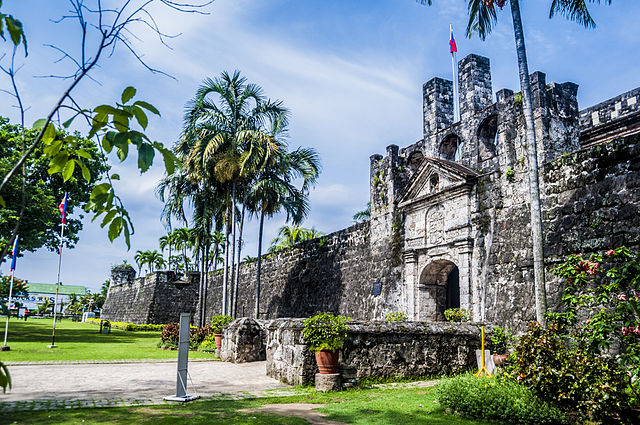
A visit to Fort San Pedro is a must when you’re in the Queen City of the South. It’s the country’s oldest fort built in the 18th century and served as the nucleus of the first Spanish settlement in the Philippines. There’s little to no history of the time when it was originally built but the original fort was made from wood until its reconstruction in 1739 under the rule of Miguel Lopez de Legazpi, the first governor of the Captaincy General of the Philippines. Then, it was used to repel Muslim raiders.
Nagcarlan Underground Cemetery
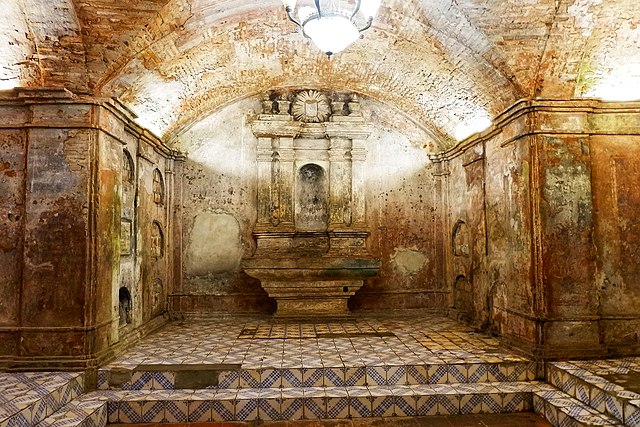
Nestled in Nagcarlan, Laguna, the only cemetery of its kind in the country, was built in 1845 under the supervision of a Franciscan priest. At the time, traditional cemeteries were located below Mt. San Cristobal but the priest wanted one at the center of the town. The underground crypt is built directly below a chapel and houses the remains of elite Catholic families, prominent townspeople, and friars. During the Philippine Revolution in 1896, the cemetery became a meeting place for members of the Katipunan. In 1897, the Pact of Biak-na-Bato was planned within the cemetery’s walls. The crypt was also a hideout for Filipino leaders during the Philippine-American War and guerillas during the Second World War.
Fort Santiago
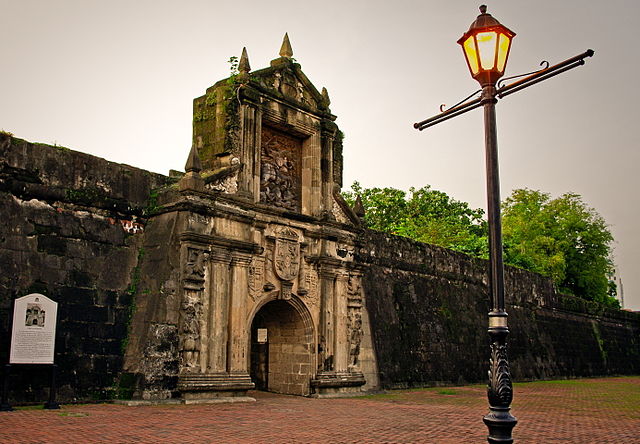
Located within Intramuros’ walls, Fort Santiago is a defense fortress built in 1593. It served as storage for ammunition during the Spanish occupation and was later converted into a prison, housing political prisoners like Jose Rizal and members of the resistance. Its dungeons can only hold up to 100 prisoners but over 600 dead bodies were found here during the Japanese occupation. In 2020, the dungeons were opened to the public and can be explored even at night.
Corregidor
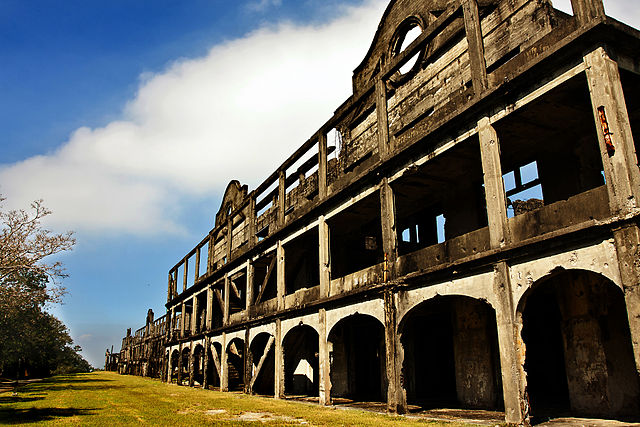
Historically, Corregidor Island served as defense guarding the entrance of Manila Bay against warships. The island played an important role during the Second World War, being the venue of historical battles in 1942 and 1945 between Americans and the Japanese. Corregidor Island was also the temporary location of the Government of the Philippines between 1941 and 1942, where Manuel Quezon and Sergio Osmeña were inaugurated as President and Vice President of the Philippines Commonwealth respectively. One prominent landmark in the island is its tunnels, which housed thousands of soldiers during the war.
MORE: Dark Tourism Destinations in the Philippines to Visit If You Want to Go Ghost-Hunting
Biak-na-Bato
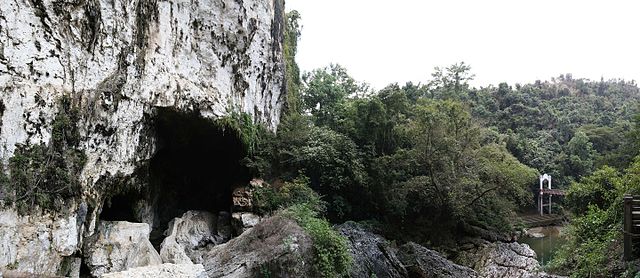
If you’re a fan of natural attractions, add Biak-na-Bato in San Miguel, Bulacan to your list. Learn about history while on an eco-adventure when visiting this place: it has multiple caves, trails, and rivers to explore. One of its caves, the Aguinaldo Cave, was the venue for the historical Peace Treaty between Emilio Aguinaldo and Governor-General Fernando Primo de Rivera in 1897. Along with other revolutionaries, this is where Aguinaldo sought refuge and established the Biak-na-Bato Republic, the first republic in the Philippines.
Calle Crisologo

If you want to travel back in time, you’d want to visit the famous Calle Crisologo in Vigan that’s lined with cobblestones and Spanish-era houses. During the Second World War, it’s the only town that was saved from destruction in the area. Now hailed as one of the only 9 UNESCO World Heritage Sites in the country, the City of Vigan is one of the best well-preserved heritage towns in the Philippines.
San Agustin Church
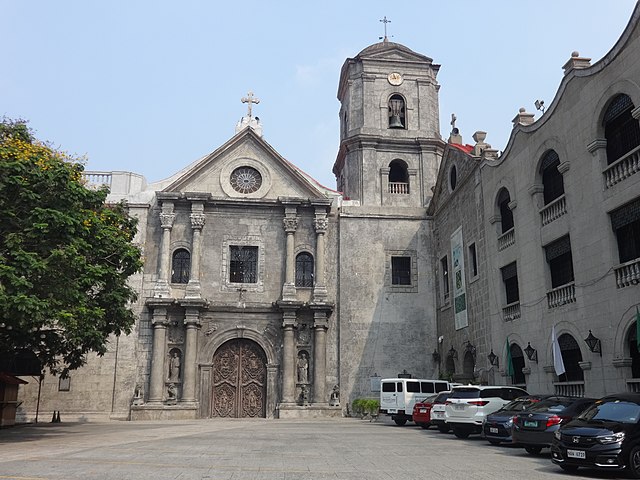
Another prominent establishment in Intramuros, San Agustin Church — or the Immaculate Conception of San Agustin — was built in 1507 and known as the oldest church in the country. It was originally made with bamboo and nipa until it was destroyed by a fire in 1571 and was finally built with stone in 1581. The church also has a museum and a crypt, which is the resting place of Juan Luna and Manila’s founder Miguel Lopez de Legazpi, among others. In 1898, the church was the venue for the surrender of Manila to Americans and in the Second World War, it became a Japanese concentration camp.
Barasoain Church
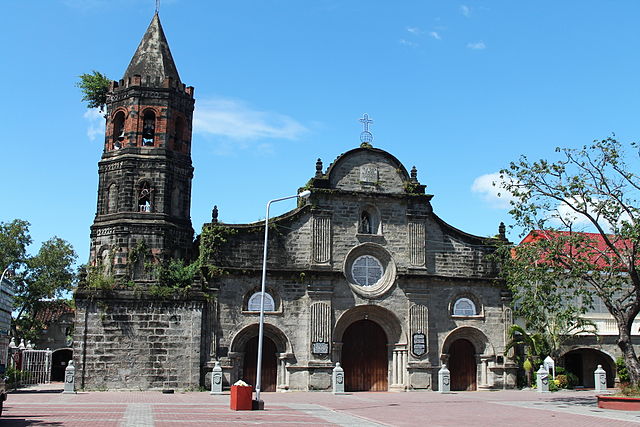

Completed in 1888, Barasoain Church in Malolos, Bulacan is the venue of many historical events in the country. Also known as the “Baras ng Suwail”, the church was once the headquarters of the Filipino revolutionaries fighting against Spanish rule. The formation First Philippine Congress, the Malolos Congress, also took place in this historical church.
How many of these historical destinations in the Philippines have you visited?



